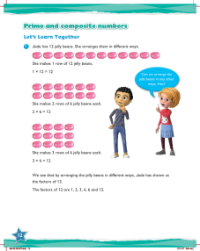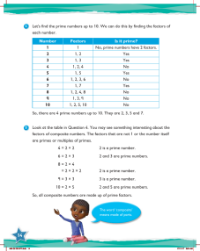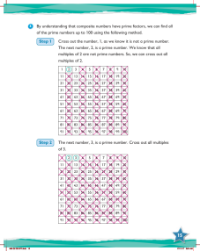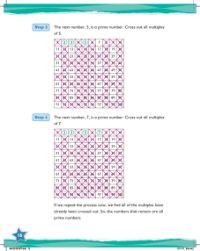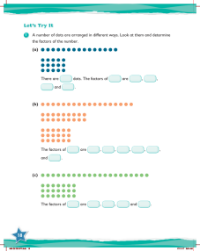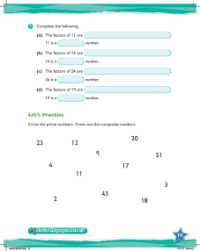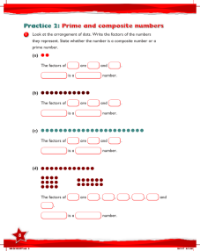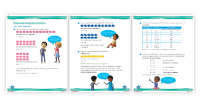Max Maths, Year 6, Learn together, Prime and composite numbers (2
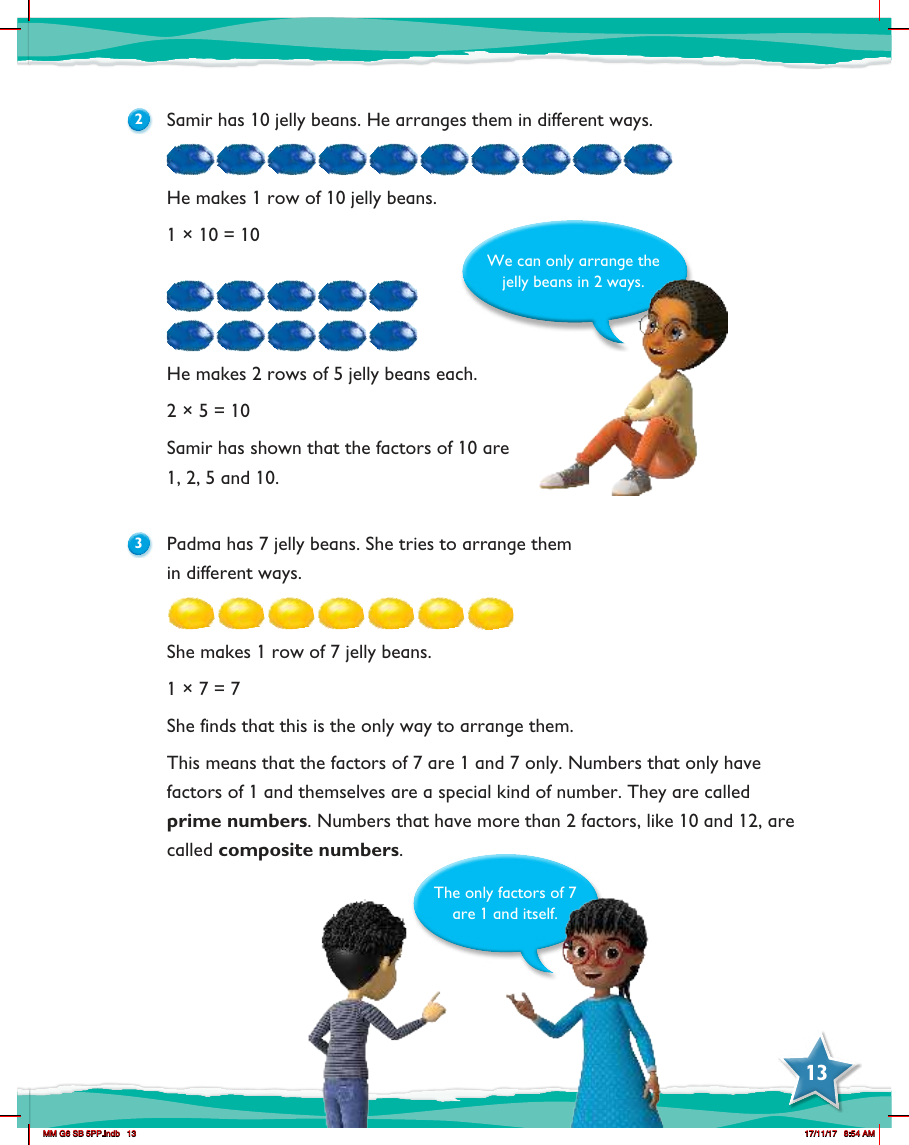
Maths Resource Description
In an engaging lesson from Max Maths for Year 6 students, the concept of prime and composite numbers is explored using a practical and relatable example: jelly beans. Samir starts by demonstrating the factors of the number 10. He arranges his 10 jelly beans into different patterns, initially creating one row of 10. This visualises the multiplication fact that 1 multiplied by 10 equals 10. He then changes the arrangement to form two rows of 5 jelly beans each, illustrating that 2 multiplied by 5 also results in 10. Through this activity, Samir identifies that the factors of 10 are 1, 2, 5, and 10, introducing the concept of composite numbers—numbers which have more than two factors.
Padma's experience with her 7 jelly beans takes the lesson a step further. She attempts to arrange her jelly beans in various ways but finds that the only possible arrangement is a single row of 7 jelly beans. This visual demonstration leads to the conclusion that 7 can only be multiplied by 1 or itself to achieve the original number, indicating that the factors of 7 are restricted to just 1 and 7. This characteristic defines prime numbers, which are numbers with only two factors: 1 and themselves. By comparing the arrangements of jelly beans for the numbers 10 and 7, students learn to differentiate between prime numbers, which have exactly two factors, and composite numbers, which have more than two factors.
